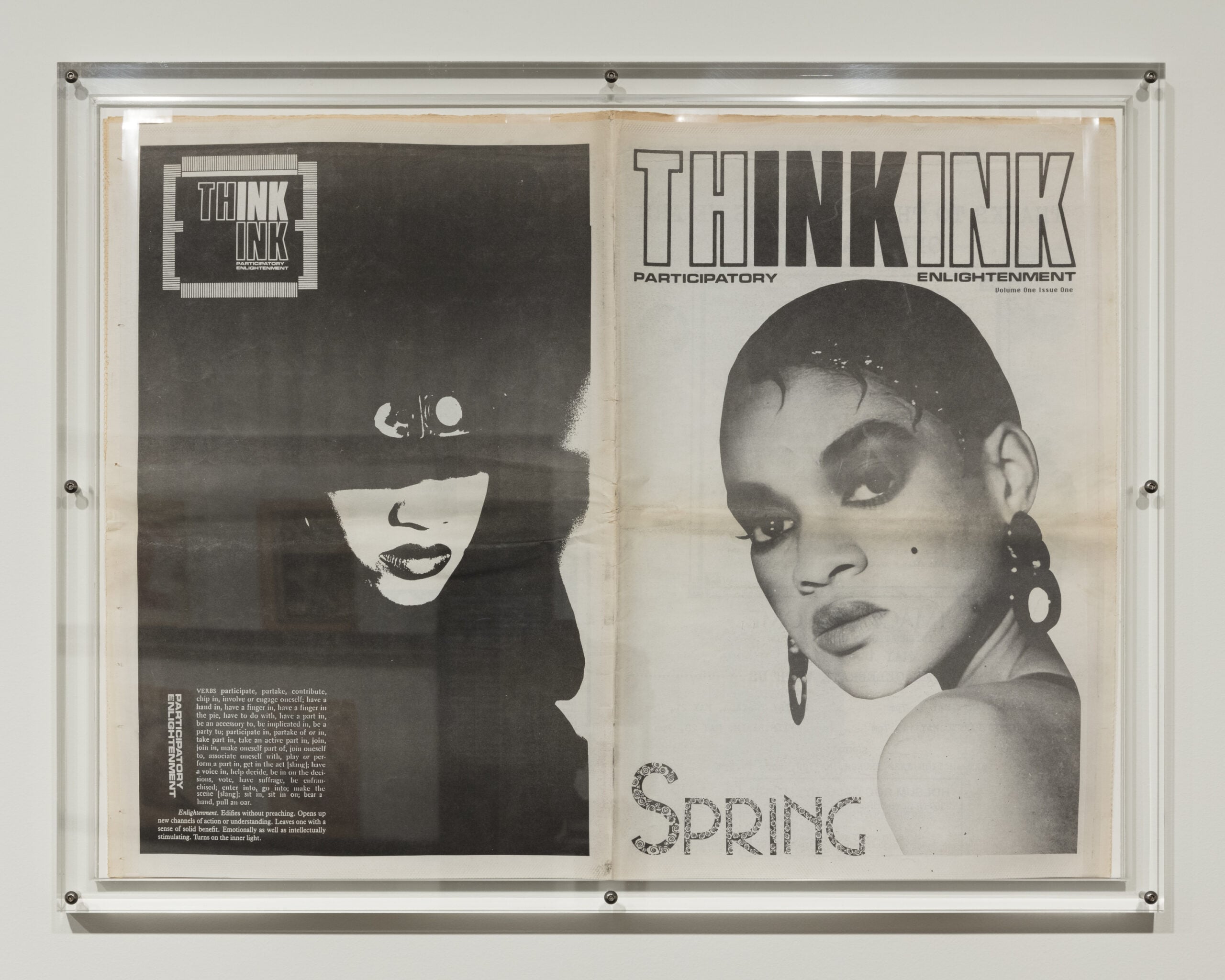Subcultures In Print: An Art Institute Of Chicago Exhibition
In the summer of 1992, Chicago-based Thing magazine published an interview between legendary vocalist Willi Ninja and co-founder Robert Ford. When asked about the popularity of Jennie Livingston’s 1990 documentary Paris is Burning.

Subcultures In Print: An Art Institute Of Chicago Exhibition
Also Read: LeBron James Innovation Center Blending Modernism With Sport
Which documented a segment of New York City’s “ballroom” nightclub culture—Ninja observed, “It’s like one section, not the whole.” That observation succinctly summarises the difficulties inherent in documenting any subculture: A focused, limited gaze can obscure an expansive periphery.
Subscribe: Artists & Alternative Magazines, 1970–1995, at the Art Institute of Chicago, resurrects a late-twentieth-century transatlantic history of subculture as seen and circulated through subscription magazines published in the United States and Great Britain.
Also Read: Architects Paritzki and Liani built a triangular white stone house.
Clearly not representing “the entirety” of underground printed records, the show examines who was deemed acceptable, unacceptable, and who was completely ignored. Subscribe destabilises a straightforward history of the queer and racially diverse avant-garde that emerged in the gloss and grit of alternative publications by grappling with the numerous factions—attentive to their flourishes and flaws.
Rags and i-D, both interested in the magazine as a social space, used the street as a locus for experimentation in their respective features “On the Street” and “Straight Up.” Spliced street photography of pedestrians alongside horizontal spreads created a sort of print runway where the sartorially eccentric and mundane were modelled alongside one another.

Subcultures In Print: An Art Institute Of Chicago Exhibition
While this range of styles—from punks to preppies to mods—is not uncommon on a typical urban sidewalk, it comes into focus when projected onto a blank white page.
Also Read: Homes With Lush Indoor Trees That Add To The Peace
Despite many outlets’ fashion-forward sensibilities, clothing was frequently secondary to the attitudes and identities it communicated. A central viewing room screening Nan Goldin’s magnum opus, The Ballad of Sexual Dependency (1979–2001), heightens the visitor’s awareness of subculture typologies. Goldin’s musical slideshow divides image sequences into categories such as women with birds, women on the toilet, and women crying.
These image sets, clustered according to visual similarities, do not take into account the tastes, desires, and experiences that inform Goldin’s subjects’ actions. Repetition demonstrates how types can succumb to suffocating uniformity.
The aforementioned Thing magazine exemplified an absence of style. Its motto, “She knows who she is,” described a confident attitude that was unaffected by trends, stereotypes, or social pressures. Between 1989 and 1993.

Subcultures In Print: An Art Institute Of Chicago Exhibition
Also Read: A spiral ramp surrounds an arts centre in China.
Thing’s graphic identity, size, and format underwent dramatic changes, demonstrating an ability to adapt on one’s own terms. Additionally, in contrast to other publications that merely documented or editorialised diverse groups, Thing provided a platform and infrastructure for and about queer people of colour.
While emphasising inclusivity and representation, the curators, Michal Raz-Russo and Solveig Nelson, are wise to point out instances in which magazines fall short of their goals. A particularly strong section features Hilton Als and Darryl Turner’s reimagining of Diane Arbus’s rejected proposal for a photographic essay on women of colour.
Their resulting 1993 feature, “My Pinup,” in Vibe magazine, recasts black actresses as protagonists in charge of their own stories. Subscribe, on the other hand, performs a similar repositioning. The exhibition recovers the gaps alongside the successes by highlighting the overlooked, the censored, and the rejected.
Written By Tannu Sharma | Subscribe To Our Telegram Channel To Get Latest Updates And Don’t Forget To Follow Our Social Media Handles Facebook | Instagram | LinkedIn | Twitter. To Get the Latest Updates From Arco Unico
